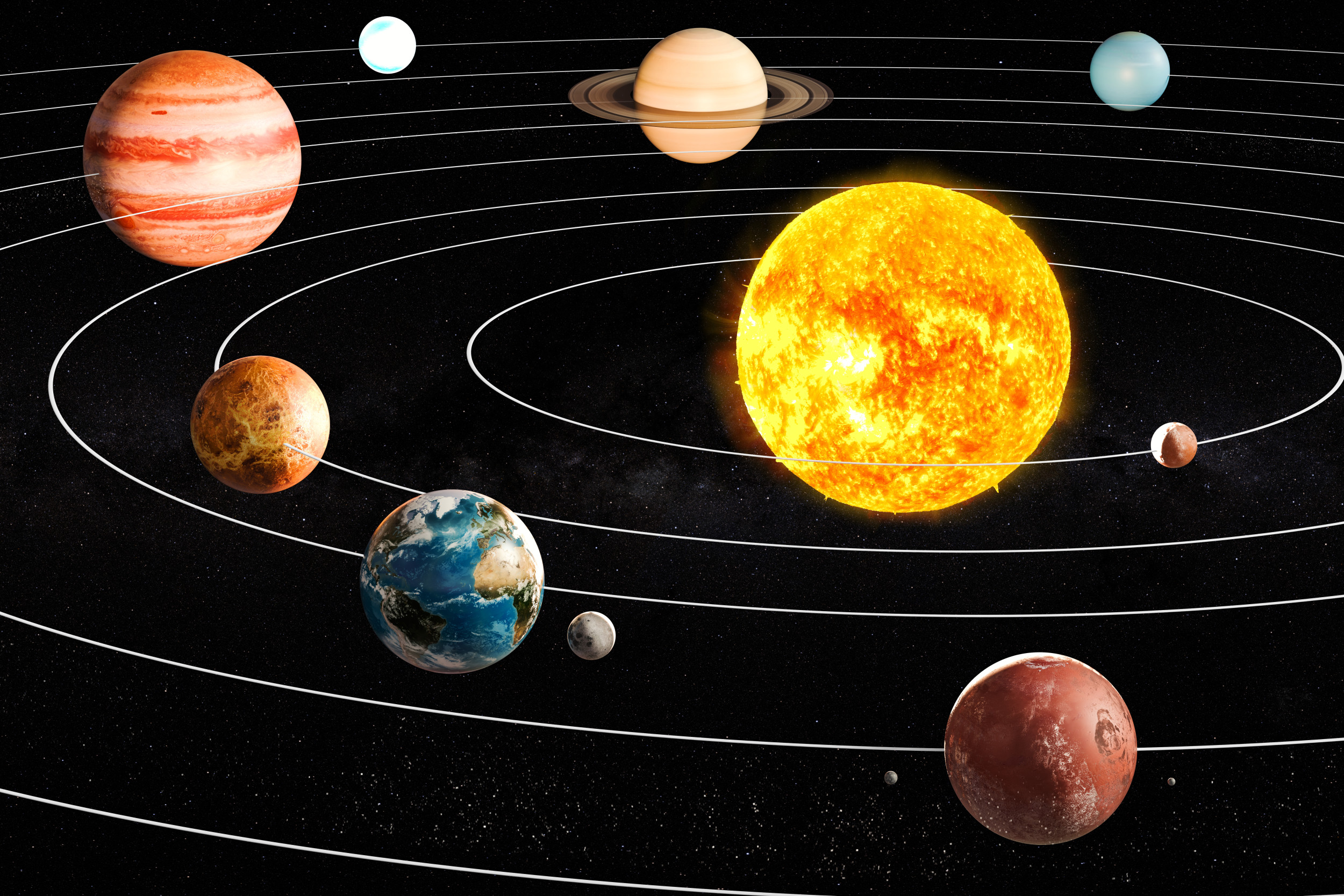Time is a concept that we humans have always been fascinated with. We use it to measure our lives, our history, and even the universe around us. However, as we explore beyond our planet, we find that time is not a universal constant. In fact, time behaves differently on other planets in our solar system. In this blog, we will explore how time works on different planets and what causes these differences.
Mercury
Mercury is the closest planet to the sun and has the shortest year of all the planets in our solar system, completing a full orbit in just 88 Earth days. However, its rotation is much slower, taking 59 Earth days to complete one full rotation on its axis. This means that a day on Mercury (sunrise to sunrise) is actually longer than a year on Mercury (one orbit around the sun). This also means that if you were standing on the surface of Mercury, you would experience a different concept of time than you would on Earth.
Venus
Venus is the second planet from the sun and has a similar size and mass to Earth. However, its day is much longer, taking 243 Earth days to complete one rotation on its axis. This means that a day on Venus is longer than a year on Venus (which takes 225 Earth days to complete one orbit around the sun). As a result, if you were standing on the surface of Venus, you would experience a day that lasts longer than its year.
Mars
Mars is often called the Red Planet and is the fourth planet from the sun. It is also the planet that humans have been most interested in exploring and potentially colonizing in the future. Mars has a day that is almost the same length as Earth's day, taking 24.6 Earth hours to complete one rotation on its axis. However, its year is much longer, taking 687 Earth days to complete one orbit around the sun. This means that if you were standing on the surface of Mars, you would experience a day that is similar to Earth's day, but a year that is almost twice as long.
Jupiter
Jupiter is the largest planet in our solar system and has a day that is the shortest of all the planets, taking just 9.9 Earth hours to complete one rotation on its axis. However, its year is much longer, taking 4,332 Earth days to complete one orbit around the sun. This means that if you were standing on the surface of Jupiter, you would experience a day that lasts less than half of an Earth day, but a year that is almost 12 Earth years long.
Saturn
Saturn is the second-largest planet in our solar system and has a day that is similar in length to Jupiter's day, taking 10.7 Earth hours to complete one rotation on its axis. Its year, however, is even longer than Jupiter's, taking 10,759 Earth days to complete one orbit around the sun. This means that if you were standing on the surface of Saturn, you would experience a day that is slightly longer than Jupiter's day, but a year that is almost 30 Earth years long.
Uranus
Uranus is the seventh planet from the sun and has a day that takes 17.2 Earth hours to complete one rotation on its axis. Its year, however, is much longer than Saturn's, taking 30,687 Earth days to complete one orbit around the sun. This means that if you were standing on the surface of Uranus, you would experience a day that is shorter than Saturn's day, but a year that is almost 84 Earth years long.
Neptune
Neptune is the eighth and farthest planet from the sun and has a day that takes 16.1 Earth hours to complete one rotation on its axis. Its year is even longer than Uranus', taking 60,190 Earth days to complete one orbit around the sun. This means that if you were standing on the surface of Neptune, you would experience a day that is slightly shorter than Uranus' day, but a year that is almost 165 Earth years long.
What causes these differences in time on other planets?
The differences in time on other planets are due to two main factors: the length of their day and the length of their year. The length of a planet's day is determined by how long it takes for the planet to complete one rotation on its axis. The length of a planet's year is determined by how long it takes for the planet to complete one orbit around the sun.
The speed at which a planet rotates and orbits around the sun is determined by its distance from the sun and its mass. The closer a planet is to the sun, the faster it must move to maintain its orbit. The larger a planet's mass, the more gravity it has and the slower it rotates. These factors cause the differences in time on other planets.
Conclusion
In conclusion, time is not a universal constant and behaves differently on other planets in our solar system. Each planet has a unique day and year length due to its distance from the sun and its mass. If we were to visit these planets and stand on their surface, we would experience a different concept of time than we do on Earth. Studying these differences in time on other planets can help us better understand our solar system and the laws of physics that govern it.

